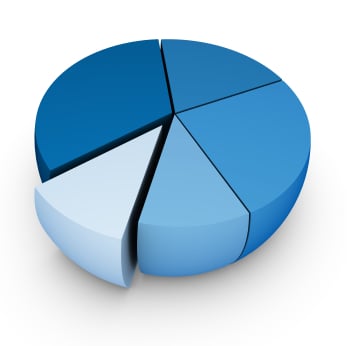A new study shows that correlations between many so-called “risk-on assets” have risen dramatically over the last decade.
Advisers and investors looking for diversification from large-cap U.S. stocks need to look further afield than other classes of equities.
“The diversification benefits of investing in other equity asset classes has decreased substantially in the last few years because of much higher correlations to the S&P 500,” said Stuart Rosenthal, chief executive of Factor Advisors LLC.
A study published today by the asset management firm showed that correlations between many so-called “risk-on assets” have risen dramatically over the last decade. The correlation between the S&P 500 and emerging-markets stocks, for example, rose from 0.56 in 2001-05 to 0.79 in 2006-11. For non-U.S. stocks, it rose to 85%, from 76% and to 94%, from 86% for small-cap stocks.
Increased correlation has even applied to other assets like gold and oil. Gold, traditionally a haven in volatile markets, has a historic correlation of zero with stocks, but it ended last year with a 23% correlation to the S&P 500. Oil's tracking relation to the S&P increased from about zero in 2007 to about 60% at the end of last year. The correlations of both commodities to stocks last year, however, were down somewhat from 2010.
In contrast, the correlation between the S&P and “risk-off” assets has become far more negative in the past few years. The correlation last year between Treasury bonds and the S&P 500 was -0.81, a 13-year low. The correlation between the U.S. dollar and the S&P was -0.53 — a 30-year low. The traditional 60/40 stocks and bonds portfolio mix provided a relatively smooth ride in volatile investment markets last year.
“Historically, volatility was the chief measure of risk in a portfolio,” said Mr. Rosenthal, whose firm has launched a group of ETFs with long/short strategies on the S&P versus other asset classes. “Correlation among asset classes is now as, if not more, important.”







